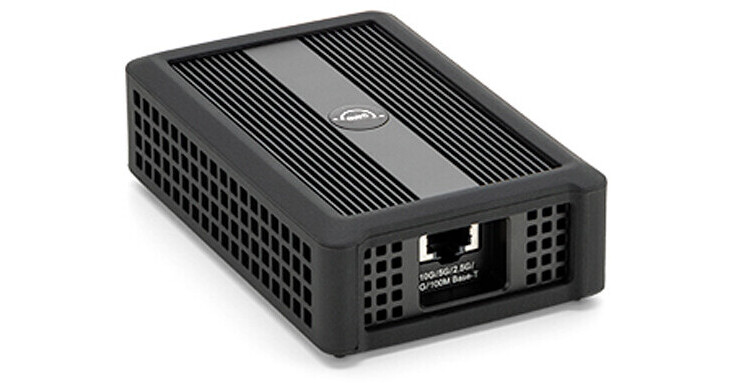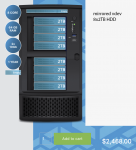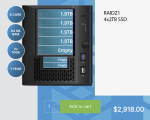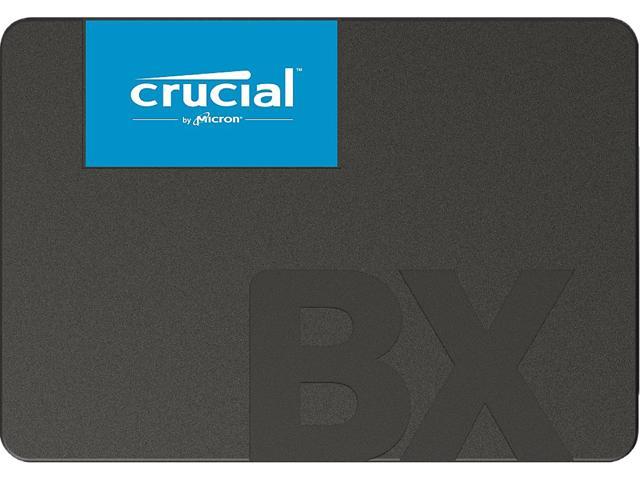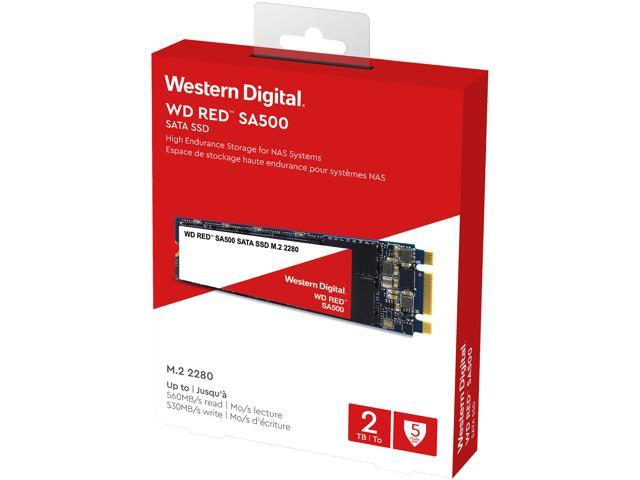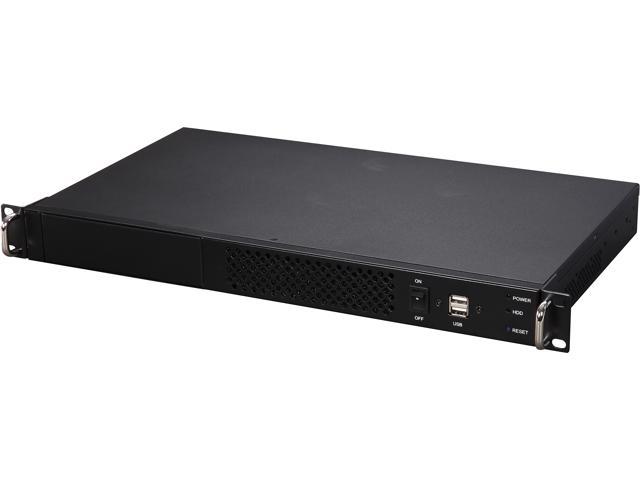I am looking into options for building a small-ish but fast small business NAS. I am also considering a TrueNAS Mini X+, but I'd like to check out the DIY options. I might be in over my head on this. If anyone has input or recommendations I truly appreciate it.
Situation:
- SMB share use only, all Mac OS clients
- 5TB minimum of usable space in a 'RAID 10' config
- 3-400 MBps (at least) disk speed for each user. ie, 1Gbe is not enough, 2.5Gbe might be
- backed up to mobile hard drive every night, is an all SSD overkill or too risky?
Possible setup:
4x4TB 3.5" HDD
1x1TB SSD read cache
1x256GB SSD OS disk
16GB ECC RAM
10Gbe RJ45 NIC
Intel processors are what I am used to
Supermicro Barebones 5029C-T
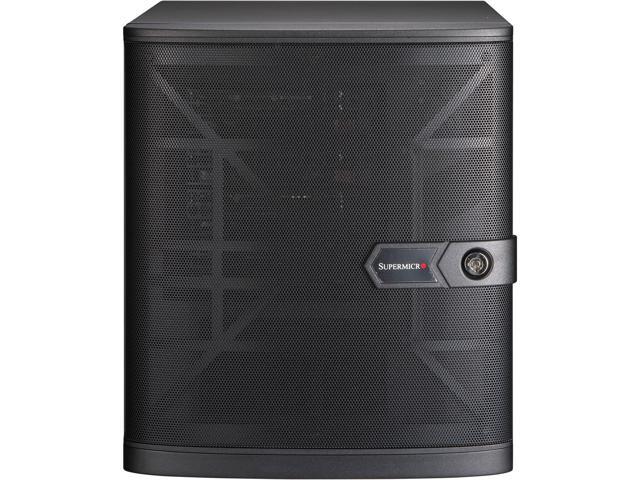
 www.newegg.com
This might fit, plus would need to find a compatible NIC. Suggestions? I see that intel is highly recommended.
www.newegg.com
This might fit, plus would need to find a compatible NIC. Suggestions? I see that intel is highly recommended.
AsRock Rack E3C246D4I-2T

 www.newegg.com
This looks really good. I don't know much about Oculink. Is it reliable? This has a 10Gbe NIC built in based on Intel X550. Does that mean it is compatible with FreeNAS?
www.newegg.com
This looks really good. I don't know much about Oculink. Is it reliable? This has a 10Gbe NIC built in based on Intel X550. Does that mean it is compatible with FreeNAS?
iStarUSA S-35-B5SA
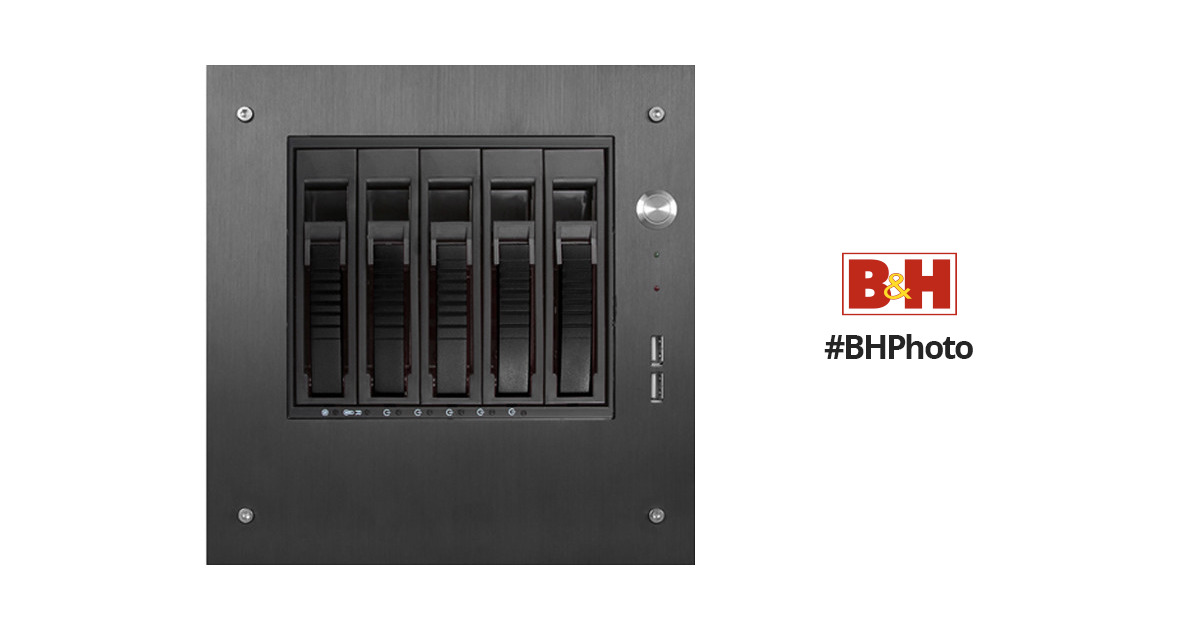
 www.bhphotovideo.com
This is just a nice looking mini ITX enclosure alternative to the Supermicro.
www.bhphotovideo.com
This is just a nice looking mini ITX enclosure alternative to the Supermicro.
Situation:
- SMB share use only, all Mac OS clients
- 5TB minimum of usable space in a 'RAID 10' config
- 3-400 MBps (at least) disk speed for each user. ie, 1Gbe is not enough, 2.5Gbe might be
- backed up to mobile hard drive every night, is an all SSD overkill or too risky?
Possible setup:
4x4TB 3.5" HDD
1x1TB SSD read cache
1x256GB SSD OS disk
16GB ECC RAM
10Gbe RJ45 NIC
Intel processors are what I am used to
Supermicro Barebones 5029C-T

Supermicro Micro-tower, NAS, Cloud, Edge, Backup, Storage, Server Barebone 5029C-T, Intel C246 Chipset, Supports Intel Xeon E-2100 CPUs, 4 x Hot-swappable Drive Bays, IPMI - Newegg.com
Buy Supermicro Micro-tower, NAS, Cloud, Edge, Backup, Storage, Server Barebone 5029C-T, Intel C246 Chipset, Supports Intel Xeon E-2100 CPUs, 4 x Hot-swappable Drive Bays, IPMI with fast shipping and top-rated customer service. Once you know, you Newegg!
AsRock Rack E3C246D4I-2T

AsRock Rack E3C246D4I-2T Mini-ITX Server Motherboard Intel LGA 1151 C246 - Newegg.com
Buy AsRock Rack E3C246D4I-2T Mini-ITX Server Motherboard Intel LGA 1151 C246 with fast shipping and top-rated customer service. Once you know, you Newegg!
iStarUSA S-35-B5SA

iStarUSA S-35-B5SA Compact Stylish 5x 3.5" Hotswap mini-ITX Tower (Black HDD Handles)
Buy iStarUSA S-35-B5SA Compact Stylish 5x 3.5" Hotswap mini-ITX Tower (Black HDD Handles) Review iStarUSA null

